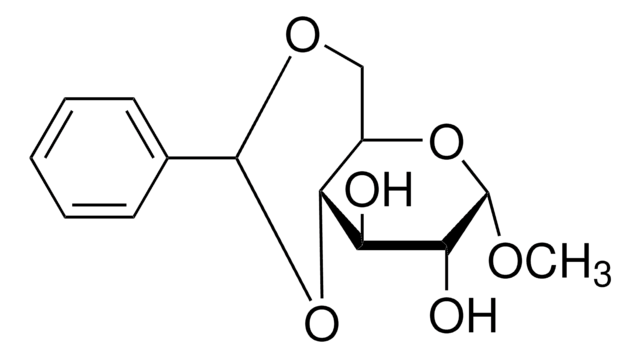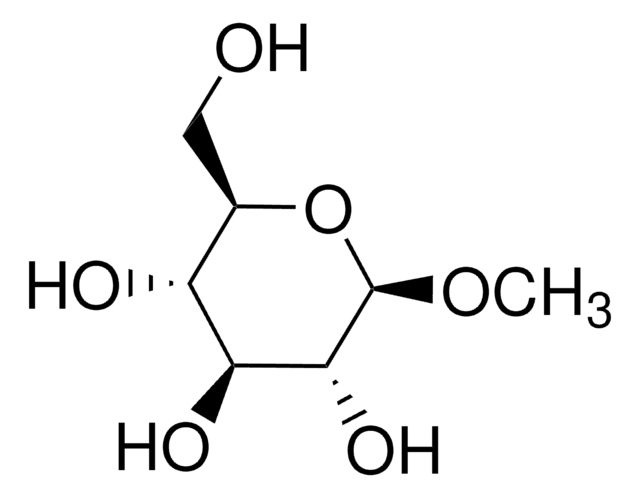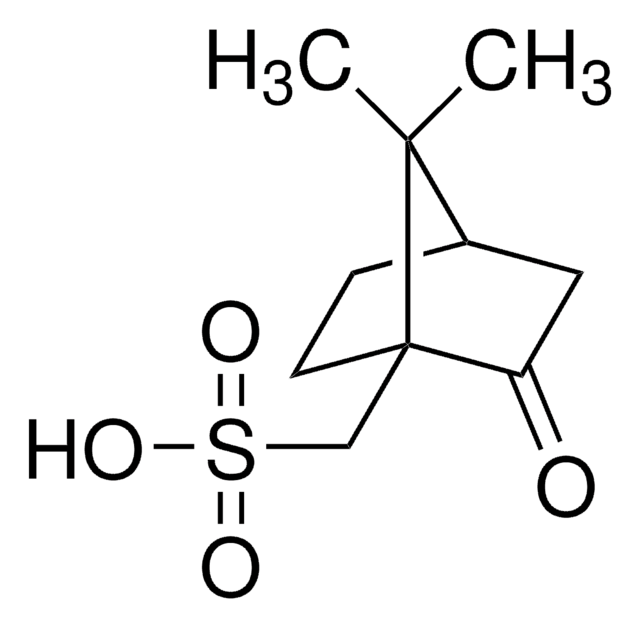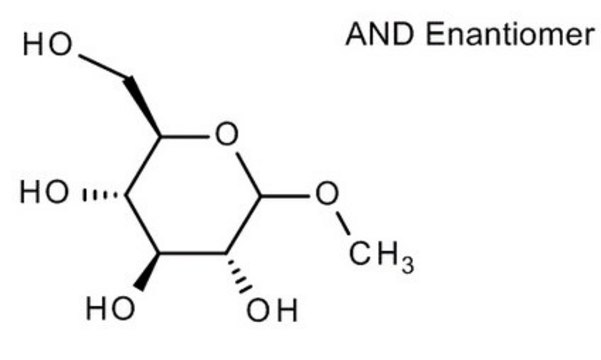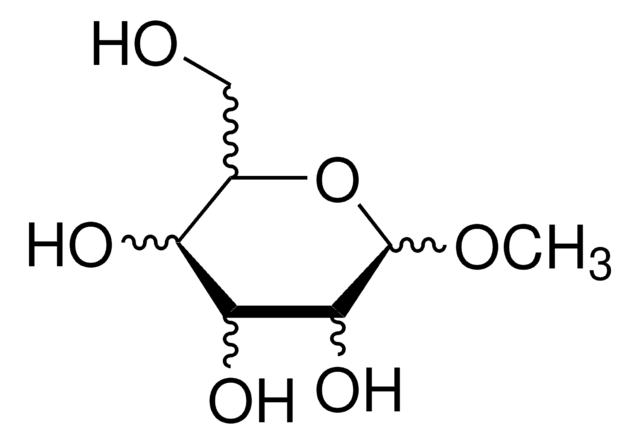34850
Acétone
suitable for HPLC, ≥99.8%
About This Item
Produits recommandés
Qualité
HPLC grade
Niveau de qualité
Densité de vapeur
2 (vs air)
Pression de vapeur
184 mmHg ( 20 °C)
Essai
≥99.8%
Forme
liquid
Limite d'explosivité
13.2 %
Technique(s)
HPLC: suitable
Impuretés
≤0.0005% non-volatile matter
≤0.002% free acid (as CH3COOH)
≤0.1% water (Karl Fischer)
Transmittance
330 nm, ≥15%
335 nm, ≥50%
340 nm, ≥80%
350 nm, ≥98%
Vous recherchez des produits similaires ? Visite Guide de comparaison des produits
Catégories apparentées
1 of 4
Cet article | GF51077965 | GF71082031 | GF24904784 |
|---|---|---|---|
| manufacturer/tradename Goodfellow 277-686-51 | manufacturer/tradename Goodfellow 510-779-65 | manufacturer/tradename Goodfellow 710-820-31 | manufacturer/tradename Goodfellow 249-047-84 |
| form rod | form rod | form rod | form rod |
| assay 99.90% | assay 99.9% | assay 99.9% | assay 99.90% |
| density 8.57 g/mL at 25 °C (lit.) | density 8.57 g/mL at 25 °C (lit.) | density 8.57 g/mL at 25 °C (lit.) | density 8.57 g/mL at 25 °C (lit.) |
| mp 2468 °C (lit.) | mp 2468 °C (lit.) | mp 2468 °C (lit.) | mp 2468 °C (lit.) |
| bp 4742 °C (lit.) | bp 4742 °C (lit.) | bp 4742 °C (lit.) | bp 4742 °C (lit.) |
Description générale
Application
Conditionnement
Autres remarques
- The article number 34850-4X2.5L will be discontinued. Please order the single bottle 34850-2.5L which is physically identical with the same exact specifications.
- The article number 34850-6X1L will be discontinued. Please order the single bottle 34850-1L which is physically identical with the same exact specifications.
Mention d'avertissement
Danger
Mentions de danger
Conseils de prudence
Classification des risques
Eye Irrit. 2 - Flam. Liq. 2 - STOT SE 3
Organes cibles
Central nervous system
Risques supp
Code de la classe de stockage
3 - Flammable liquids
Classe de danger pour l'eau (WGK)
WGK 1
Point d'éclair (°F)
1.4 °F - closed cup
Point d'éclair (°C)
-17.0 °C - closed cup
Faites votre choix parmi les versions les plus récentes :
Déjà en possession de ce produit ?
Retrouvez la documentation relative aux produits que vous avez récemment achetés dans la Bibliothèque de documents.
Les clients ont également consulté
Notre équipe de scientifiques dispose d'une expérience dans tous les secteurs de la recherche, notamment en sciences de la vie, science des matériaux, synthèse chimique, chromatographie, analyse et dans de nombreux autres domaines..
Contacter notre Service technique


